What Is Universal Design
Universal Design makes life safer, more comfortable and more welcoming for all by designing spaces and moments to be enjoyed by the widest range of people possible.
What Is Universal Design
Taken from an Own-Voices Article commissioned through NC State University and Paragon
Universal Design makes spaces, activities and things more accessible to more people by preemptively designing for all bodies and all abilities. Therefore, Universal Design, at its best, isn’t something you’ll notice. It is something that will seamlessly blend into its surroundings. Inclusion doesn’t need to draw attention to itself in order to exist; inclusion simply needs to exist. The elements of Barrier-Free Living, Aging-in-Place and Multi-Generational Home designs are all part of that inclusion and part of Universal Design.
We are passionate about Universal Design, and helping people feel comfortable in the homes we build.
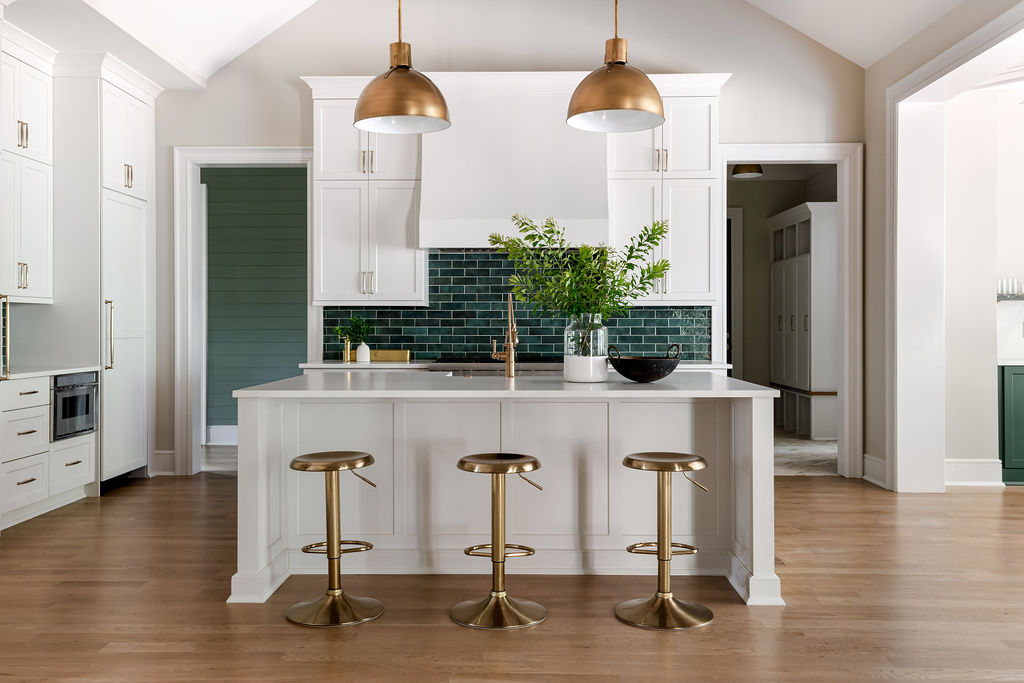
Universal Design In Action
The best utilization of Universal Design will be seamless and often go unnoticed. For example, most people won’t see a functional difference between these two types of door handles or doorknobs, beyond style.
Where some people see only style, other people will see one type of door they can open independently, and one type of door they will need to ask a friend or family member to help them to open. And, a third group of people will simply choose silence and not go inside, because they either do not wish to ask for help, or they are unable to in that moment.
Levers are easier for a wider group of people to open. So, using Universal Design principles would guide us to levers over knobs.
Independence and accessibility are important for all of us. And having a continued sense of agency, or the sense of being able to affect change in one’s life, is deeply important for one’s mental health. When something as simple as a style of door handle can make that kind of difference, I think we can all agree that form should follow function. More people being able to open more doors is be better for everyone in a community, in a family, and in a home.
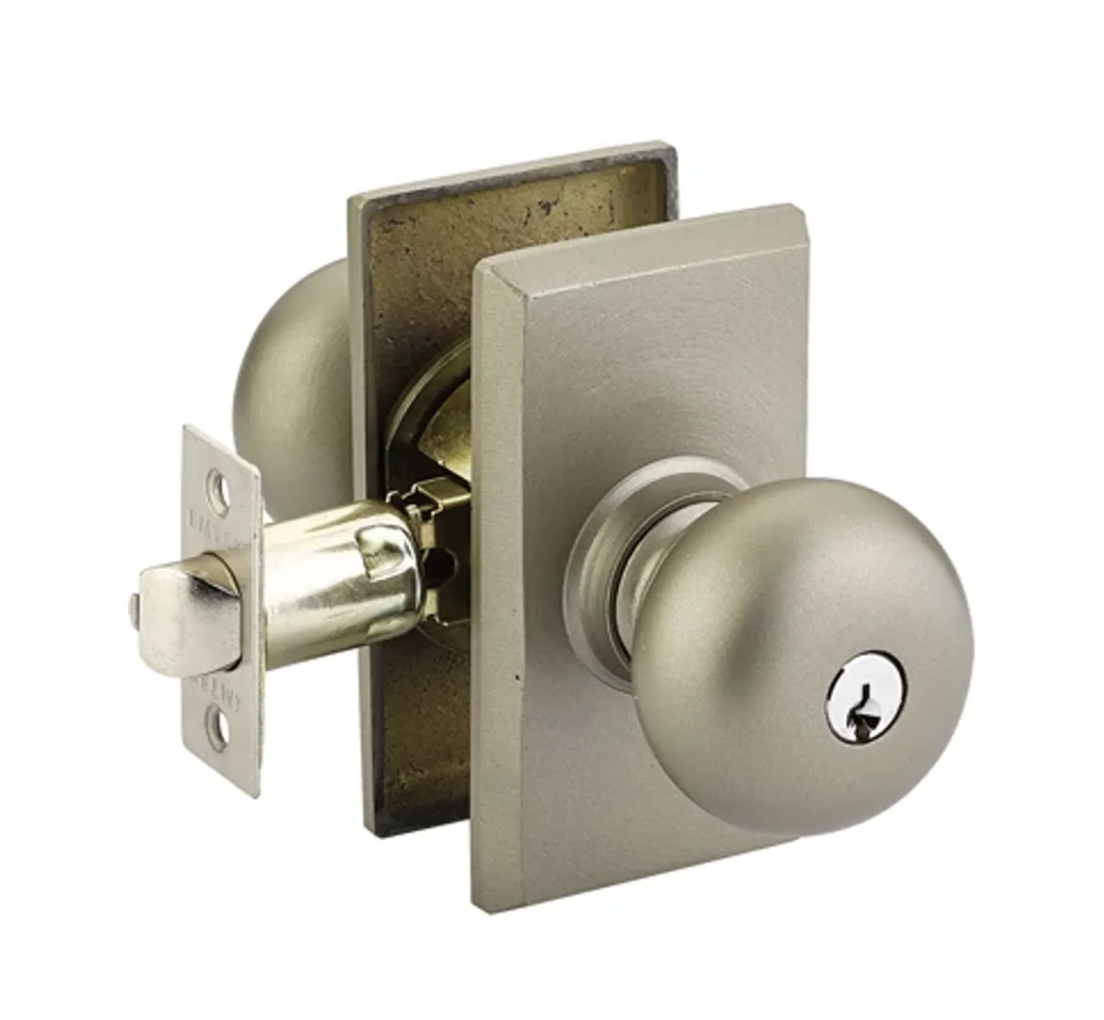
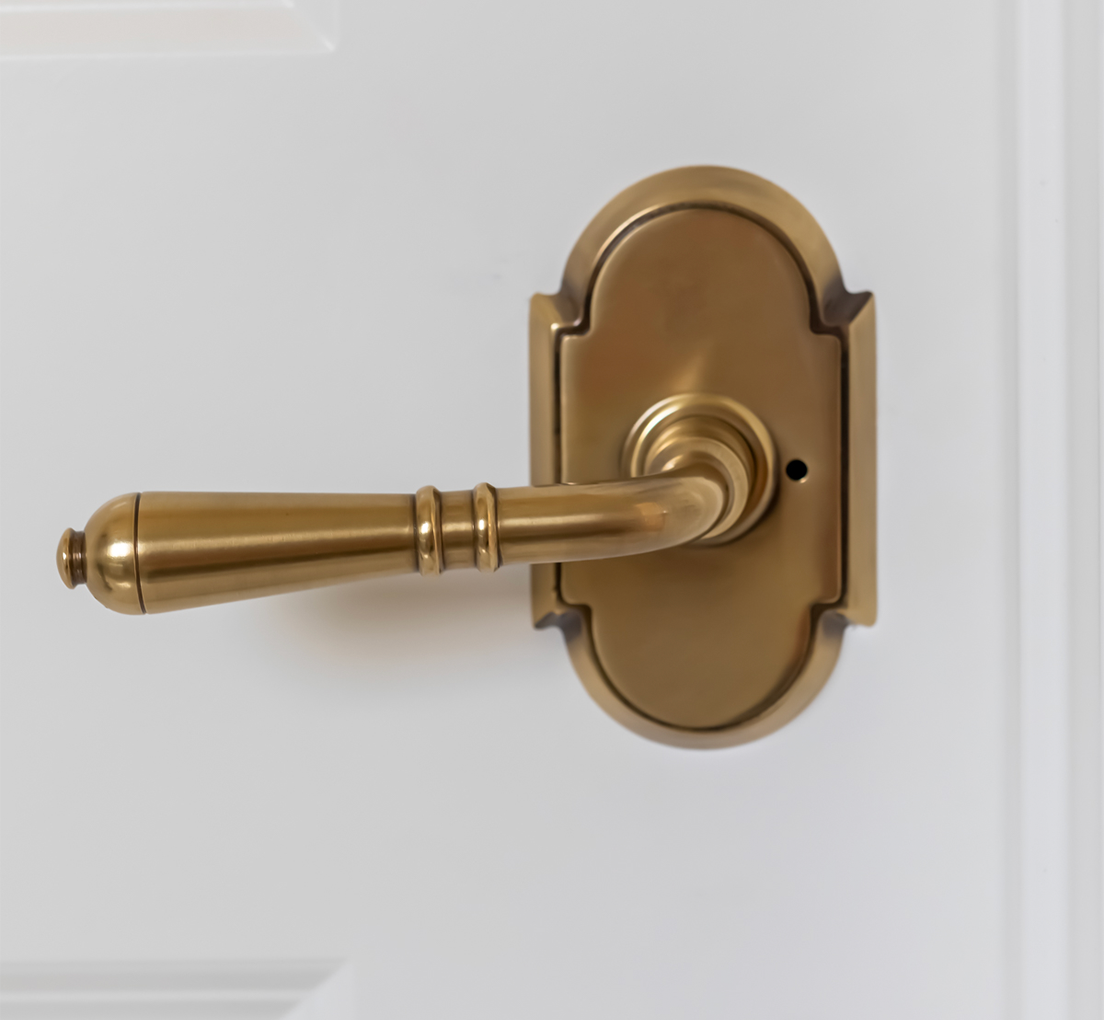
Slide the above bar to look at the options.
The Principles Of Universal Design
Designs must be useful and marketable to people with diverse abilities.
Everyday Examples: Movies, televisions, and other technology often have adaptive elements such as closed-captioning or visual descriptions for people who are hearing or visually impaired. These tools have multiple applications; for example, closed captioning is sometimes used to help children learn to read, or to learn a foreign language.
Design must accommodate a wide range of individual preferences and abilities.
Everyday Examples: In addition to the elements of closed captioning or visual descriptions above, technology also often allows people to pick from multiple languages (English, Spanish, etc.) to get the information they need.
Use of the design is easy to understand, regardless of the user’s experience, knowledge, language skills, or current concentration level.
Everyday Examples: Most kiosks or stations such as ATMs, gas pumps and the like have clearly labeled buttons/touchscreens that allow people to easily go through once-complex tasks that previously required the aid of specially trained employees.
Design must communicate necessary information effectively to the user, regardless of ambient conditions or the user’s sensory abilities.
Everyday Examples: Many facilities, such as classroom lecture halls to large concerts, use monitors to help people who are far away from the stage to see and hear what’s going on. Similarly, news programs often contain extensive graphics to allow people just tuning in to understand the story in progress and provide quick updates.
The design minimizes hazards and the adverse consequences of accidental or unintended actions.
Everyday Examples: It’s as simple as pencils having erasers, or the “undo” command in most computer programs. On a more technical level, you can see tolerance for error in many appliances, such as washing machines and driers shutting down when the door is open, or food processors not starting the chopping process until the lid is secure. On an environmental/architectural level, it could be something like a wall/fence or railing.
The design can be used efficiently and comfortably and with a minimum of fatigue.
Appropriate size and space is provided for approach, reach, manipulation, and use regardless of the user’s body size, posture, or mobility.
Everyday Examples: Many doorways are now wider/higher to account for different sizes of people, or to allow larger items or transport such as wheelchairs to go through. Conversely, you might see a lower sink or water fountain for children next to one placed higher, for use by adults.
Let’s take you on a tour.
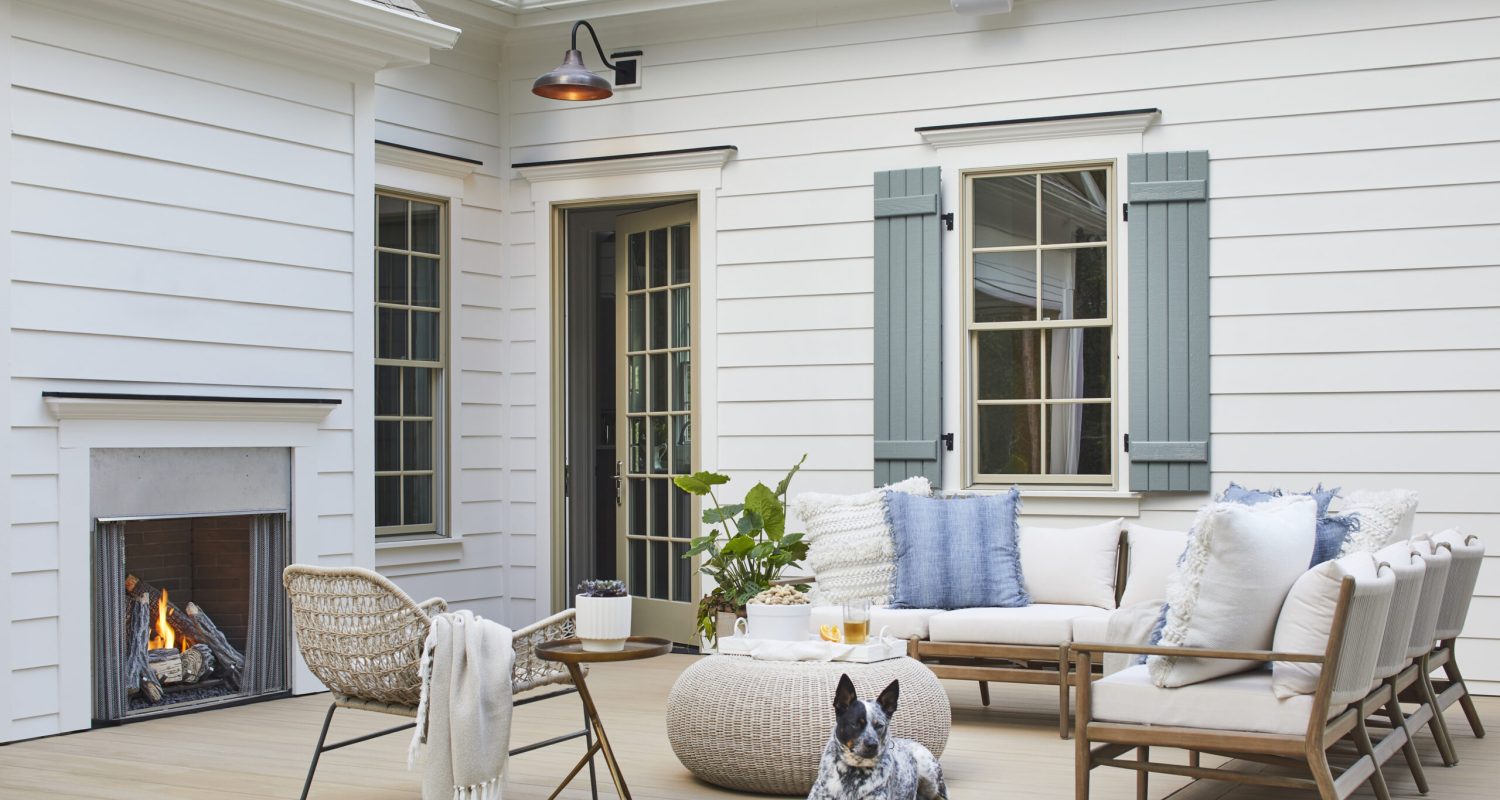
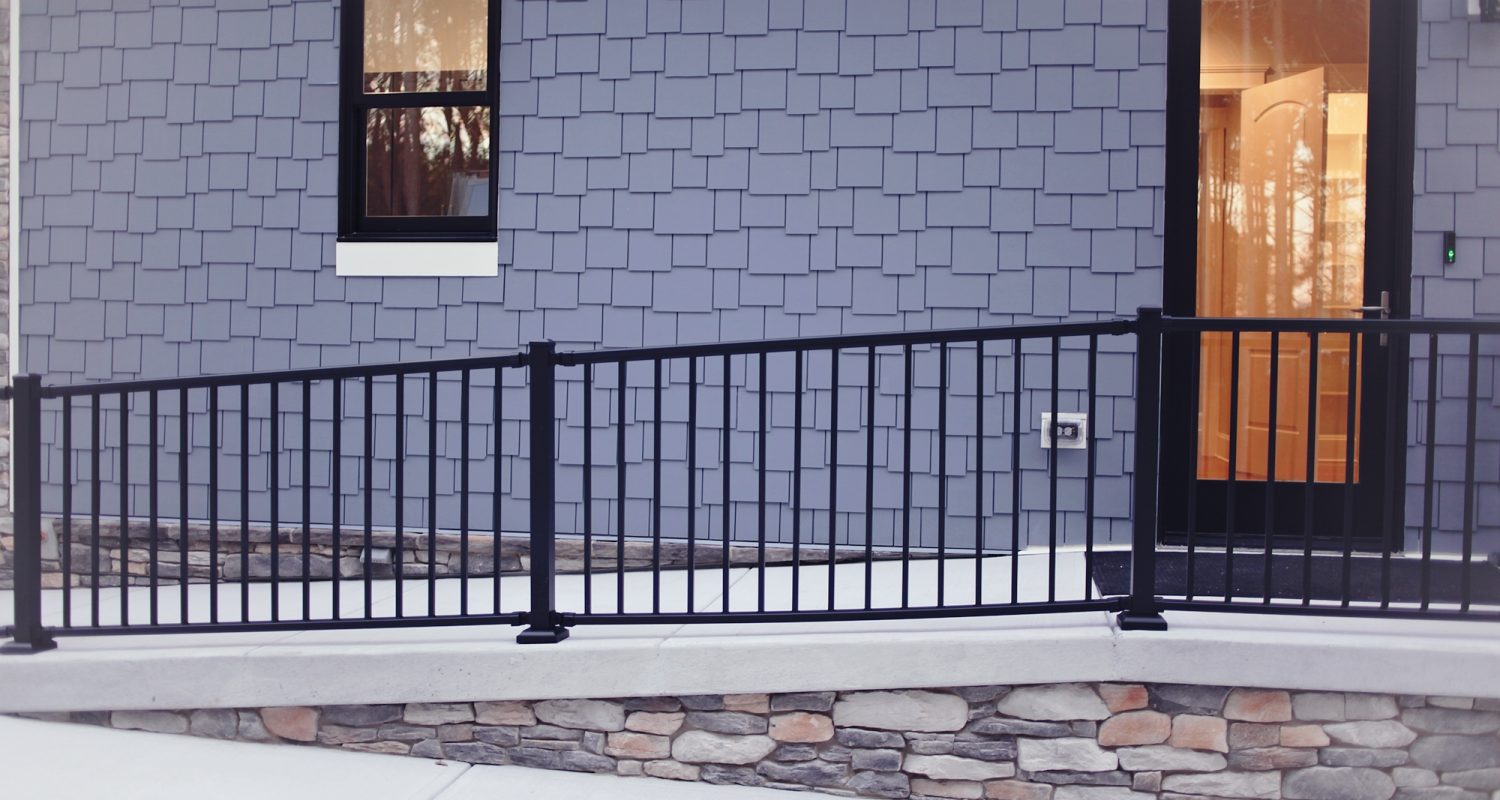
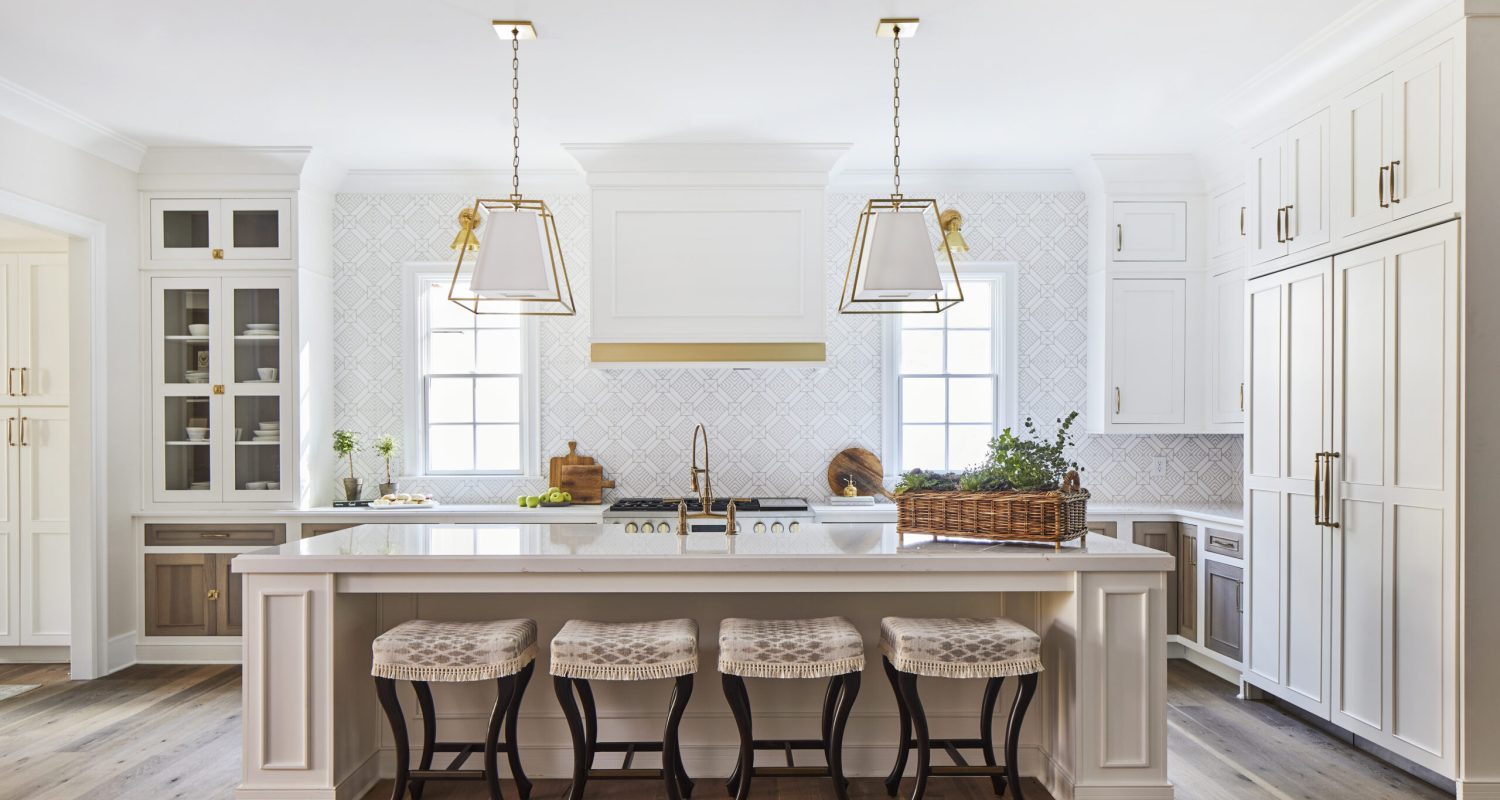
Universal Design Features
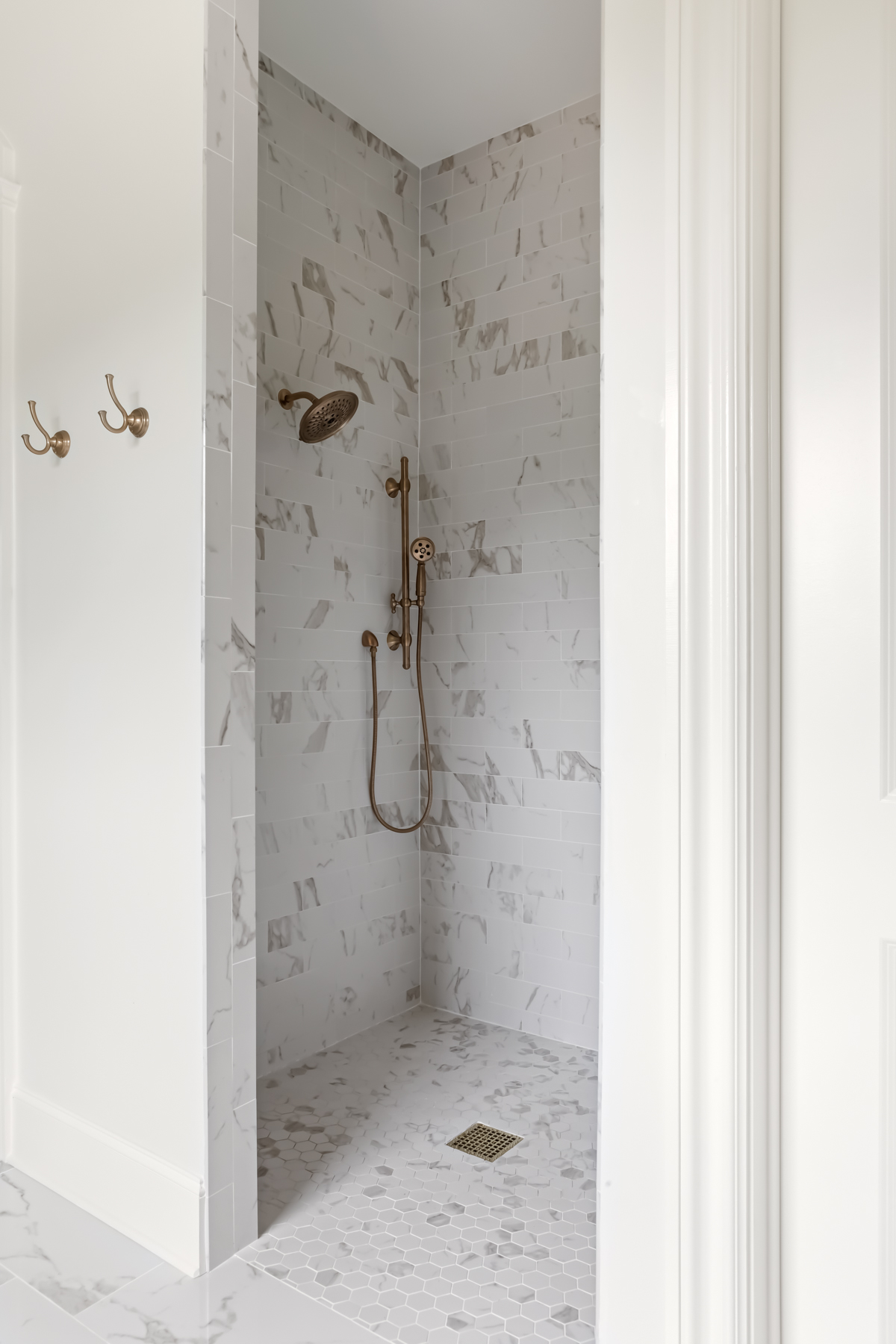
Barrier-Free Zero Entry Shower
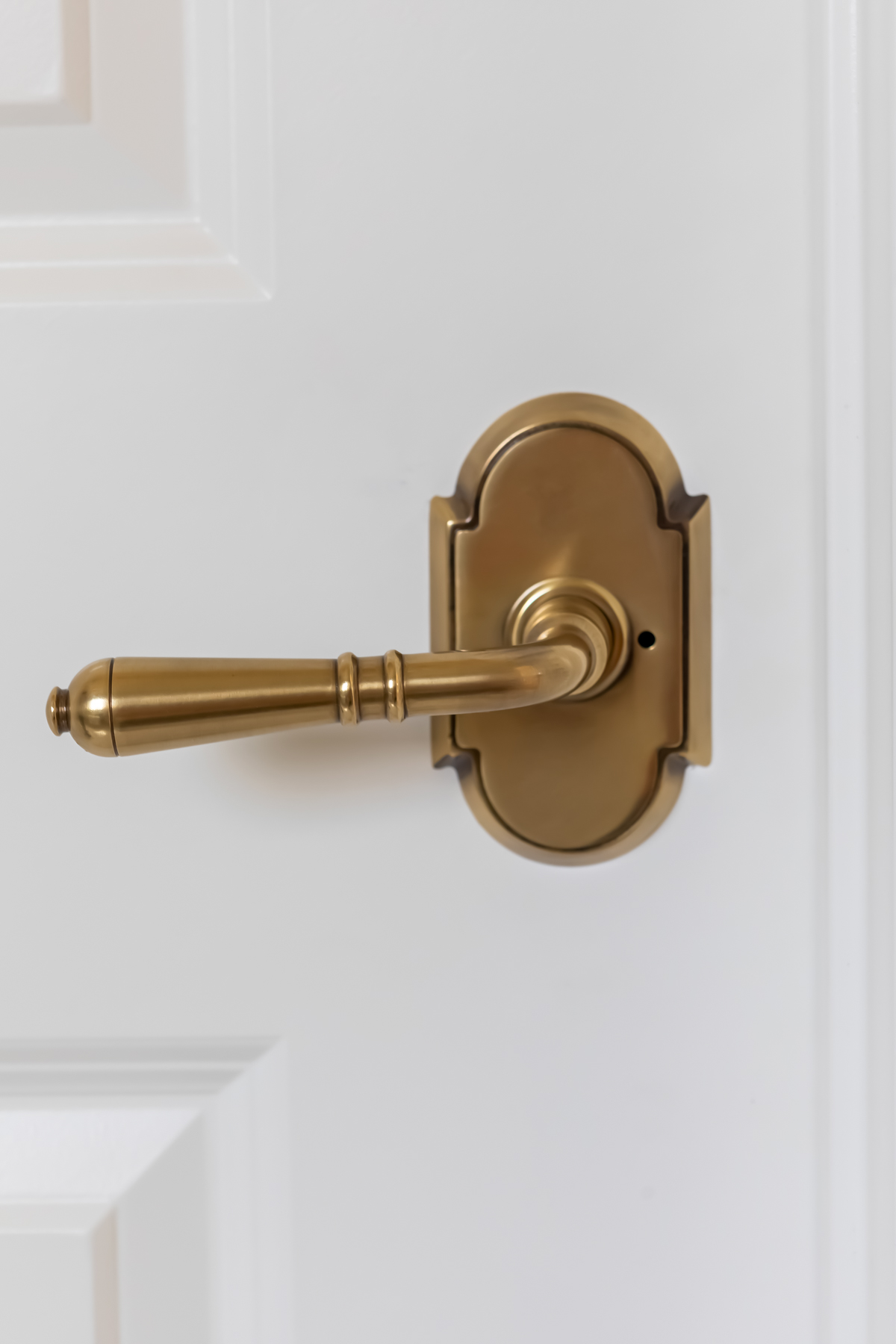
Lever Doorknobs
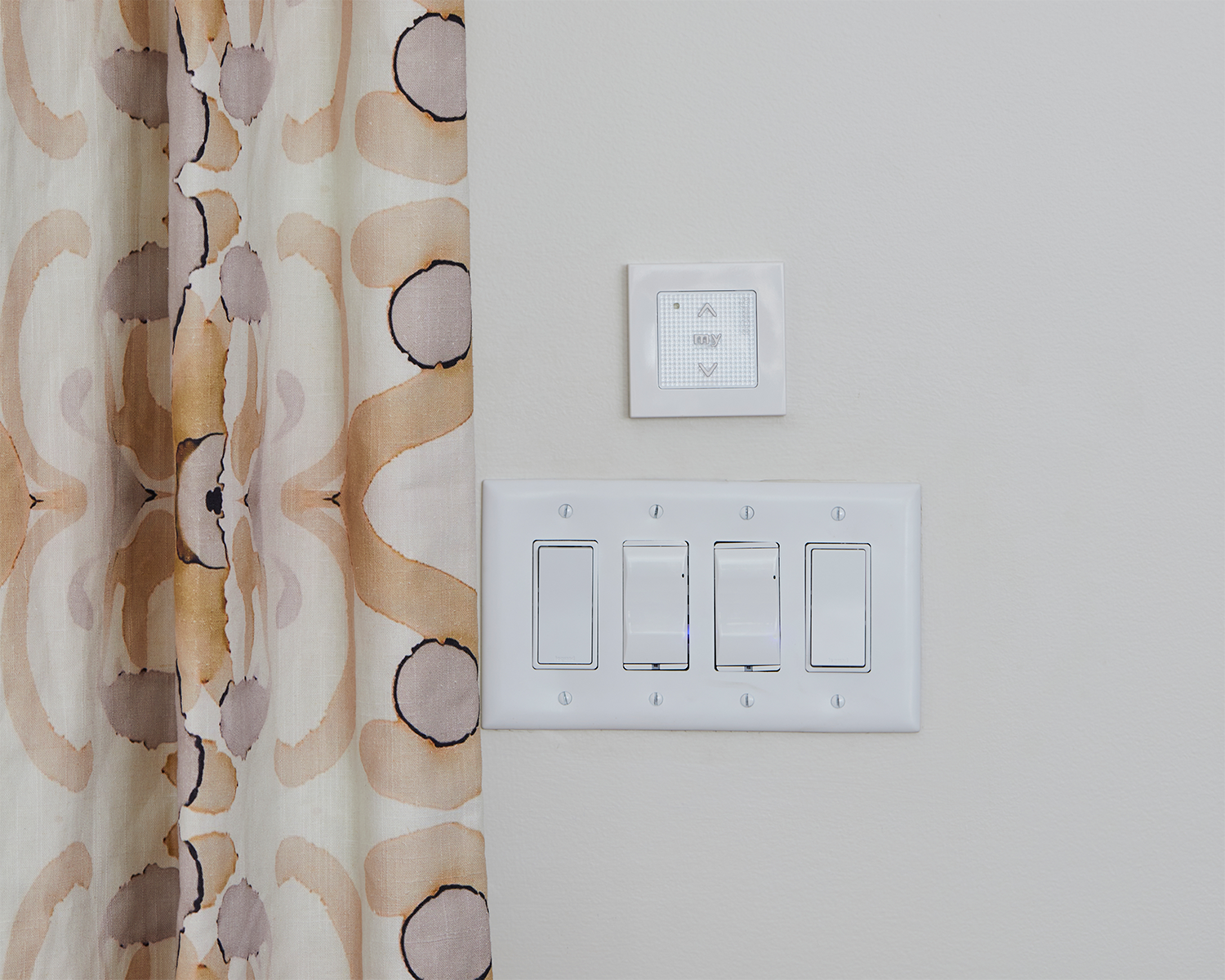
Decora Switches
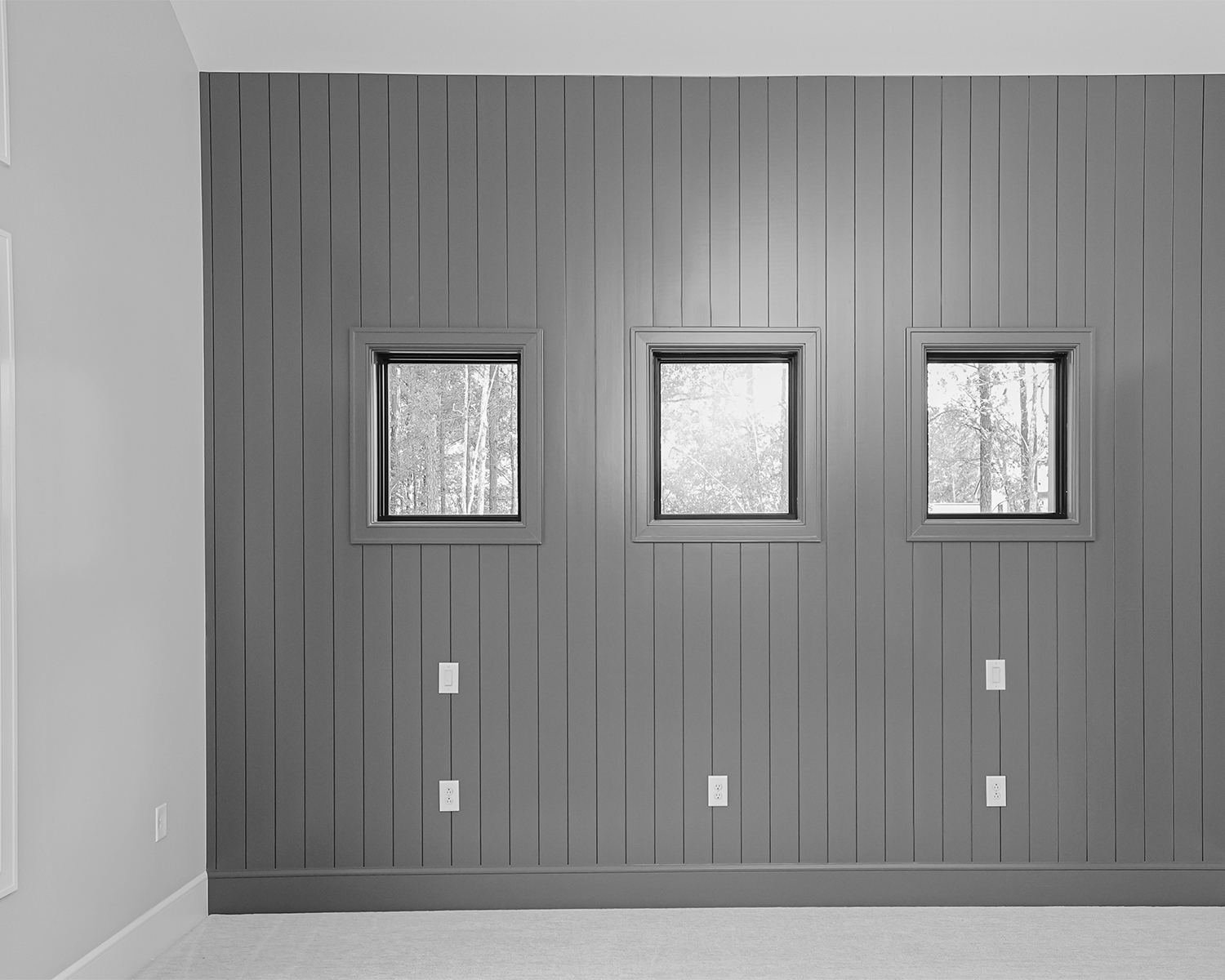
Receptacle Placement
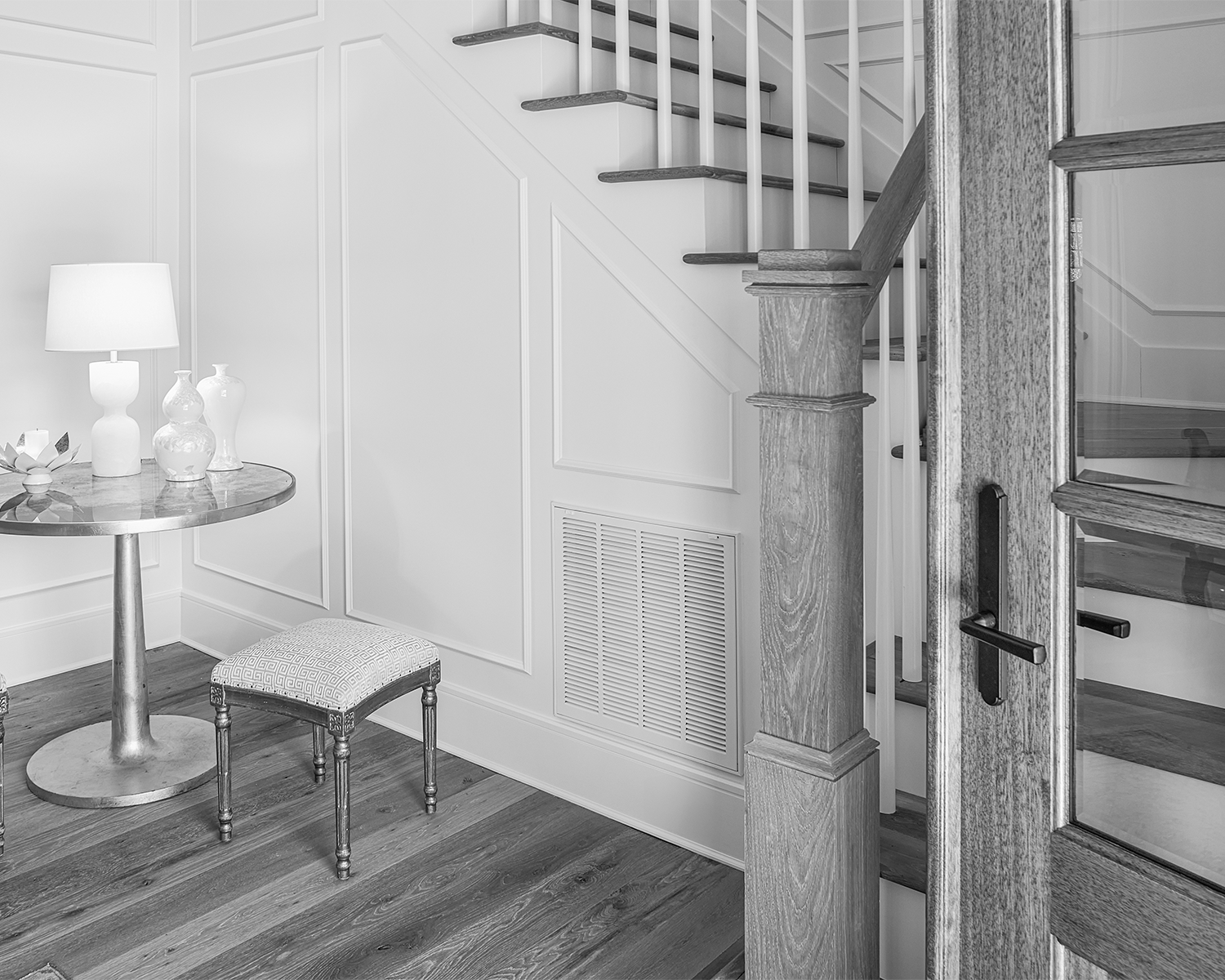
Lower Air Returns
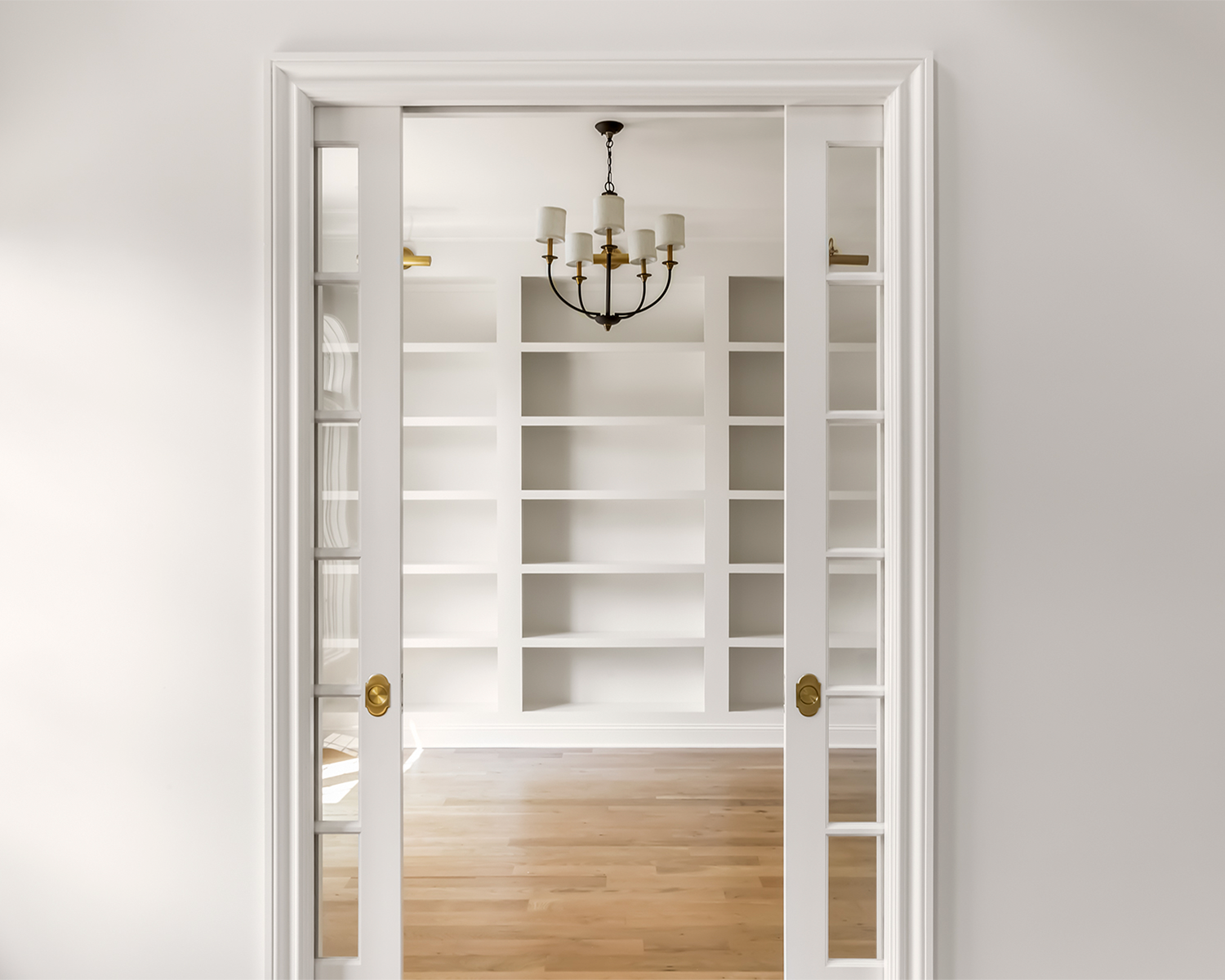
Wider Door Frames
Personalize your home to your distinct style.
Every person is completely unique, every home deserves to be, too.
Whether you prefer English Cottages, vast Luxury Estates, or Modern Scandinavian homes–whatever your design style may be–we are here to bring your vision to life.
Embrace every detail of your life in a Custom Home tailored to you.
Begin dreaming with our design inspiration gallery, click here to give us a call, or start the conversation using the form below. We are honored to begin bringing your vision to life!
